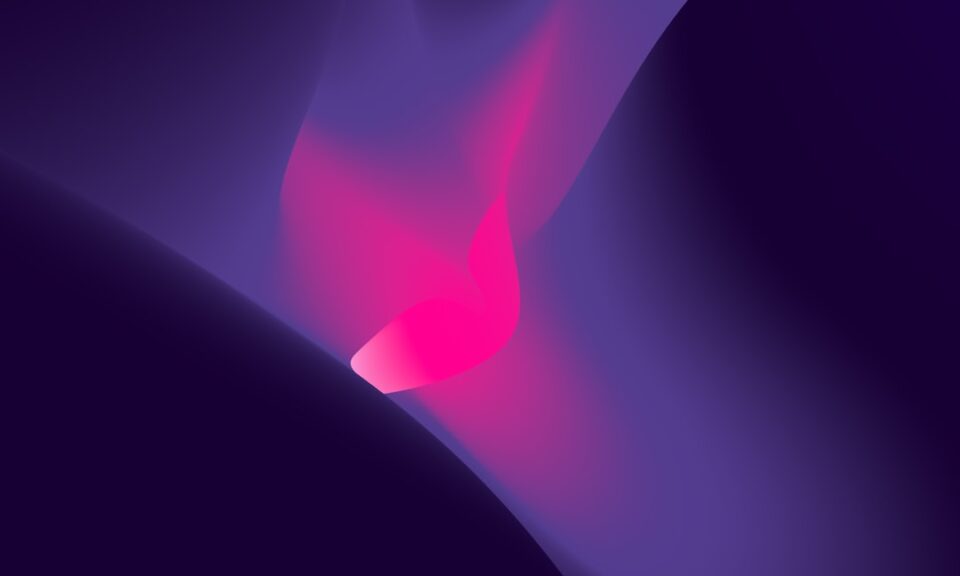Over the past few decades, digital art has revolutionized the art world in ways that were previously thought impossible. With the advancement of technology and the widespread availability of digital tools, artists now have a whole new medium to express their creativity and reach audiences around the world. The impact of digital art on the art world is evident in the way it has transformed traditional art forms and opened up new possibilities for artists.
One of the most notable ways in which digital art has impacted the art world is through its accessibility. Unlike traditional art forms that require expensive materials and specialized skills, digital art can be created using a computer and software programs that are readily available to anyone. This accessibility has democratized the art world and allowed artists from all backgrounds to create and showcase their work. As a result, we have seen a surge in the number of artists experimenting with digital media and pushing the boundaries of what is possible in art.
Furthermore, digital art has allowed artists to explore new techniques and styles that were previously unimaginable. With digital tools, artists can manipulate images, experiment with colors and textures, and create complex compositions with ease. This has led to the emergence of new art forms such as digital painting, 3D modeling, and interactive installations that challenge our traditional notions of art. The ability to create dynamic and interactive artworks has expanded the possibilities for artists to engage with their audience in innovative ways, creating immersive experiences that transcend the boundaries of the physical world.
In addition to its accessibility and versatility, digital art has also had a profound impact on the way art is bought and sold. With the rise of online galleries and art marketplaces, artists can now reach a global audience and sell their work directly to collectors from around the world. This has disrupted the traditional art market, which was once dominated by galleries and auction houses, giving artists more control over their careers and allowing them to build their own brands and followings.
Moreover, digital art has challenged our understanding of what constitutes art and how it is valued. Traditionally, the art world has placed a premium on originality and craftsmanship, but digital art blurs the lines between the original and the copy, the handmade and the machine-made. Some critics argue that digital art lacks the authenticity and emotional resonance of traditional art, while others see it as a new frontier for creativity and expression. The debate over the value of digital art continues to divide the art world, but there is no denying that it has forced us to rethink our assumptions about art and how it is produced, consumed, and perceived.
Despite these challenges, digital art has gained mainstream acceptance and recognition in recent years. Major museums and art institutions now regularly feature digital artworks in their exhibitions, and artists working in digital media are being recognized with prestigious awards and grants. The growing interest in digital art has inspired a new generation of artists to explore technology as a medium for creative expression, bridging the gap between art and science and pushing the boundaries of what is possible in art.
In conclusion, the impact of digital art on the art world is undeniable. It has democratized the art world, expanded the possibilities for artistic expression, and challenged our traditional notions of art and value. As technology continues to advance and new tools and techniques emerge, we can only expect digital art to play an even greater role in shaping the future of art and culture. Whether you are a traditionalist who values the craftsmanship of the past or a futurist who embraces the possibilities of technology, it is clear that digital art is here to stay and will continue to influence the art world for years to come.


